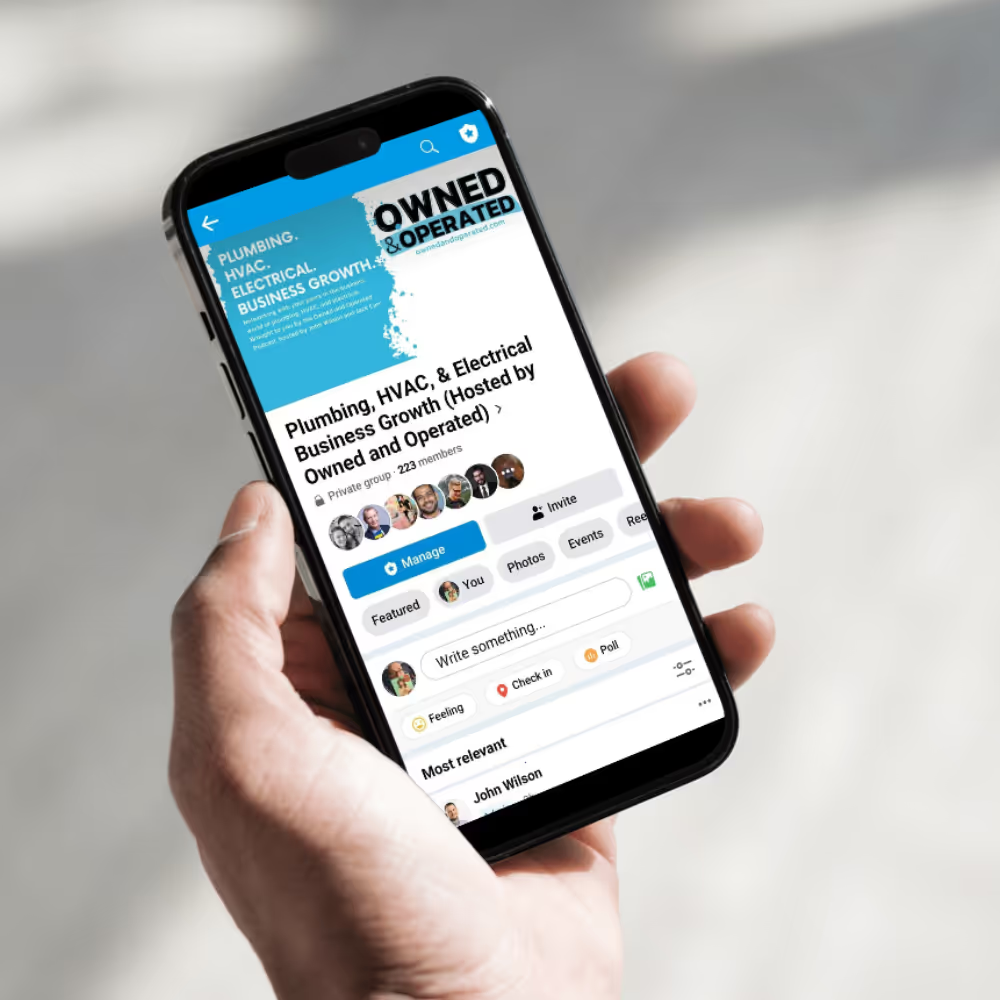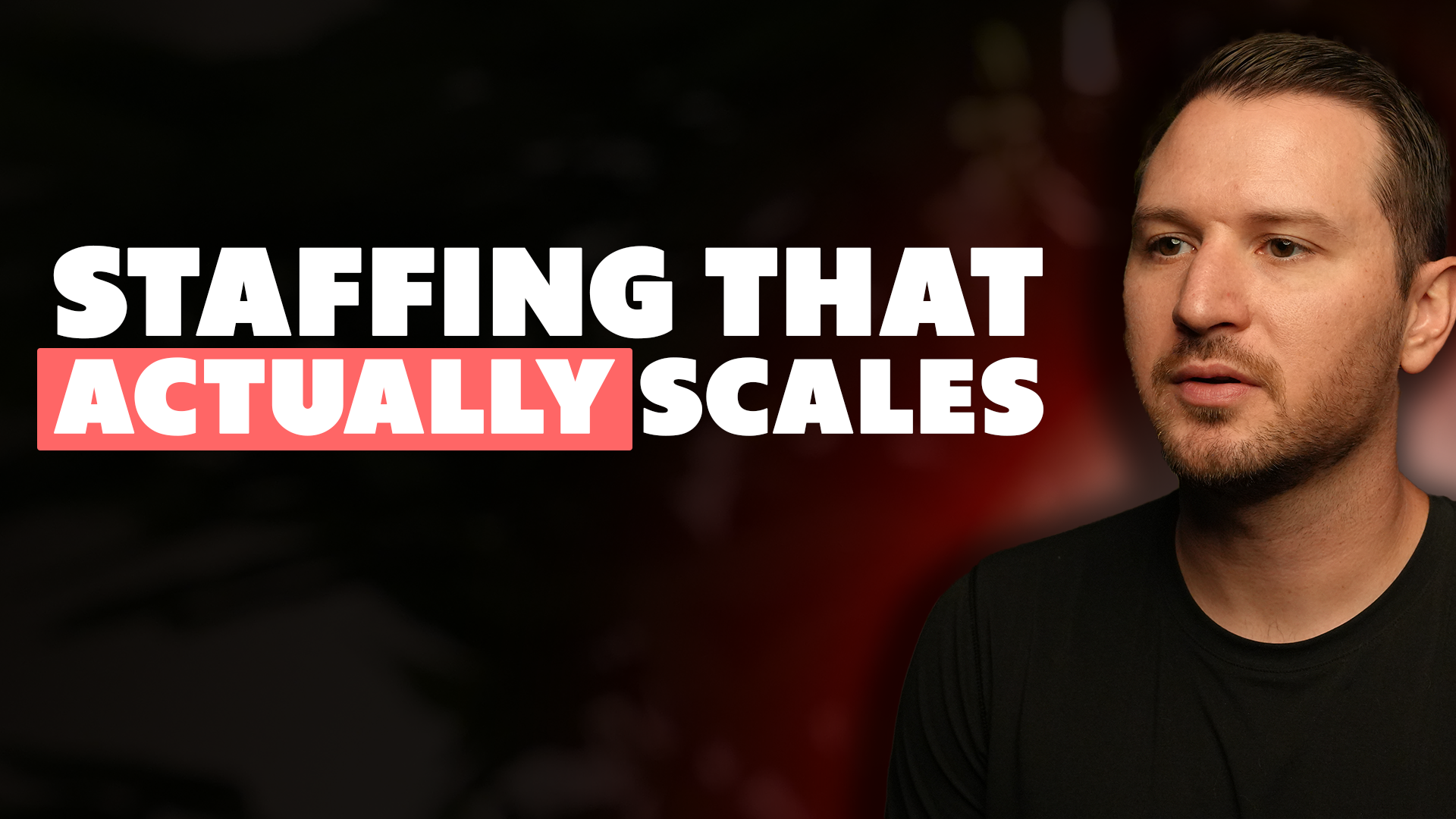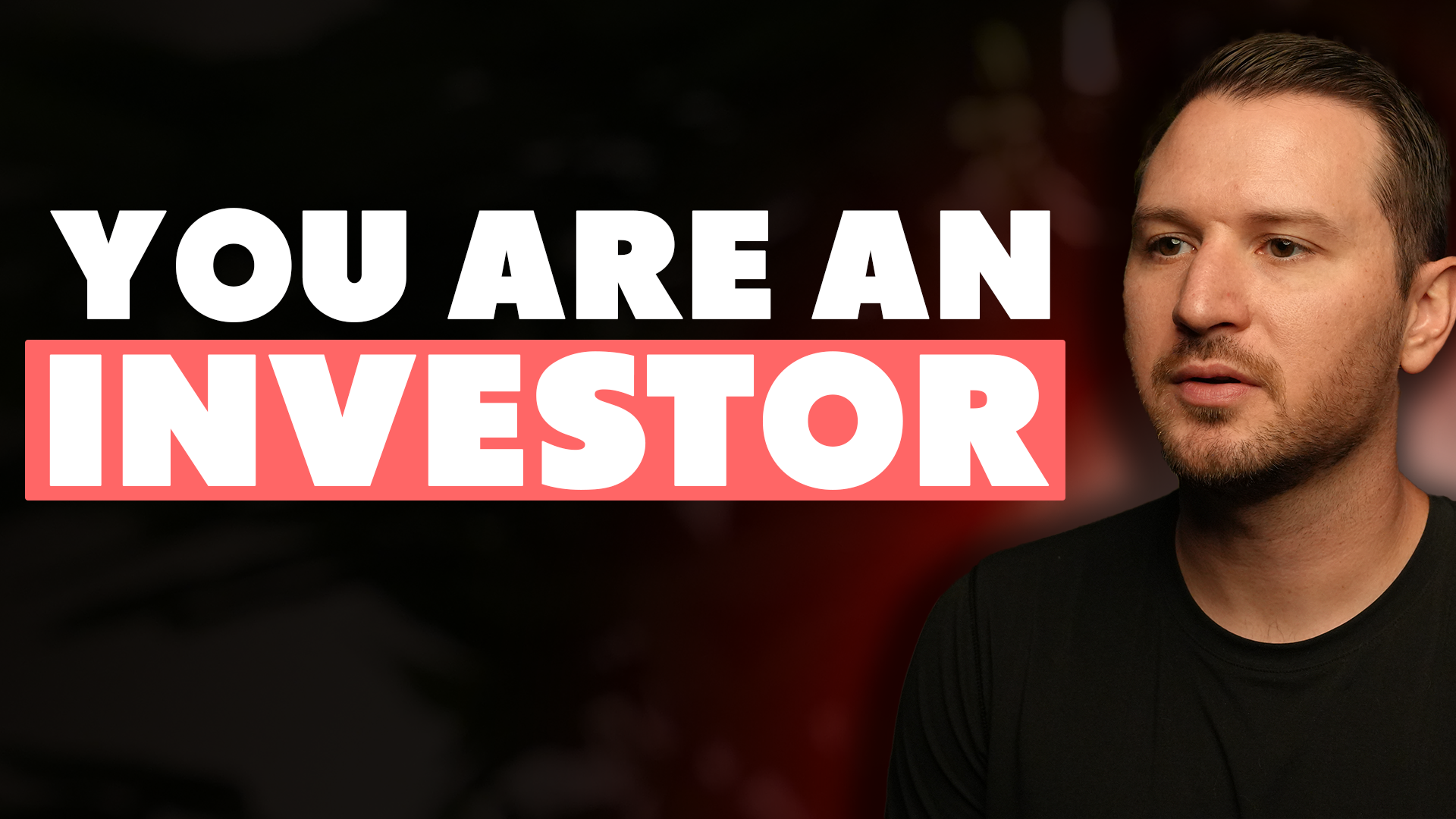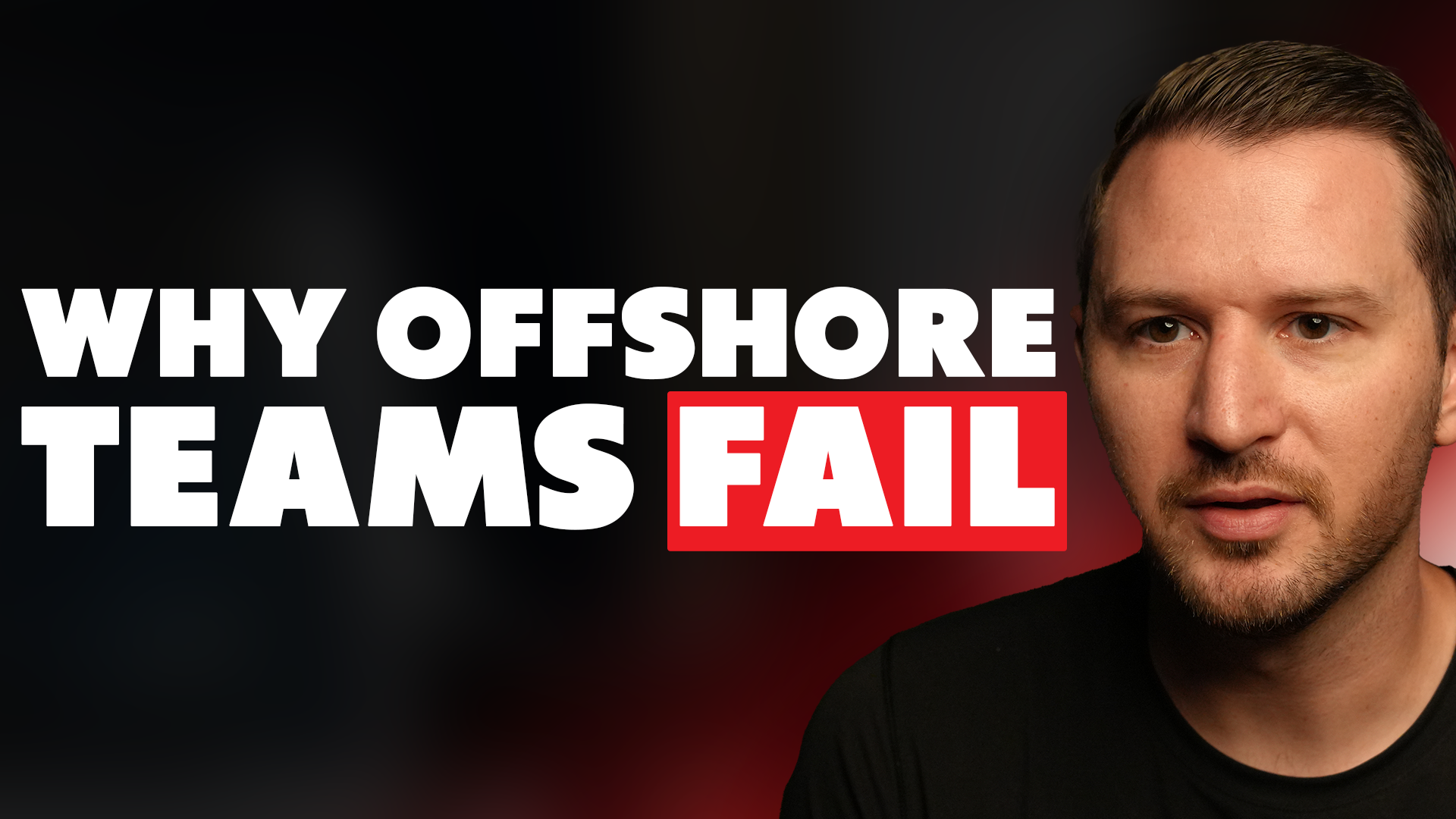Spend less than you make. Make more money. Automatically transfer and lock it away. It’s personal finance 101.
That might sound like advice from a budgeting app, but it’s also what separates stable businesses from cash-strapped chaos.
Here’s the lie many operators believe:
“If I’m profitable on paper, the business is healthy.”
But that simply isn’t true. Your EBITDA doesn’t pay the bills. Your net income doesn’t fund your truck fleet. The P&L can tell a nice story, but if you’re not watching actual cash, you’re guessing.
In one example, we showed a solid $187K in EBITDA but we lost $13K in cash that same month. Why?
- $80K went to new vehicles (CapEx—not on the P&L)
- $27K went to principal debt payments (also not on the P&L)
- Another $50K+ was tied up in other debt and capital leases
Total cash out the door: $200K+.
Cash left in the bank: basically zero.
Our leadership team was confused. The P&L said we were winning. But I had to walk them through the real math because even in an open-book company, if you don’t teach cash flow, you can’t expect people to manage it.
What we changed:
- Auto-transfers to savings: Every day, $8,100 moves into what we call a capital account. That’s our emergency fund, CapEx reserve, and acquisition fund all rolled into one.
- Locking cash in CDs: When the capital account gets too fat, we move $200K into a short-term CD. It earns 4–5% and removes the temptation to impulse-spend.
- 13-week cash forecasting: We now track every expected outflow, match it to projected revenue, and model worst-case scenarios in advance.
Why This Matters Now
The bigger we get, the riskier bad cash flow decisions become. A $20K shortfall can be covered. A $2M hole from mistimed CapEx or debt payments? That’s a fire sale waiting to happen.
We now talk about cash weekly. We include debt payments when discussing breakeven. We map cash outlay against hiring, fleet, marketing, and expansion plans—not just P&L targets.
We’ve moved beyond “are we profitable?”
Now we ask:
- Can we actually afford this decision?
- Will we have the cash when the bill hits?
- And if not, where does that leave us?
The Takeaway
If your growth strategy doesn’t include a cash strategy, it’s just a guess.
So here’s your move for this week:
- Start an auto-transfer to a business savings account—even if it’s $1,000 a week.
- Set a trigger to lock up excess cash in a CD when the balance hits a certain threshold.
- Build a simple cash-out sheet for the next 30 days. Who gets paid, when, and how much?
Because cash flow is a game of preparation, not reaction. And if you wait until you feel it, it’s already too late.


.jpg)





.avif)
